are class 3 and 4 rapids dangerous
A skier is aware that a black diamond run is a lot steeper and more difficult than a green circle slope. Class III rapids have moderate irregular waves which may be.

Paul And Kate Kuthe In Esquif Canoe Photo By Richard Davis
That is going from Class 50 to Class 51 is a similar order of magnitude as increasing from Class IV to Class 50.
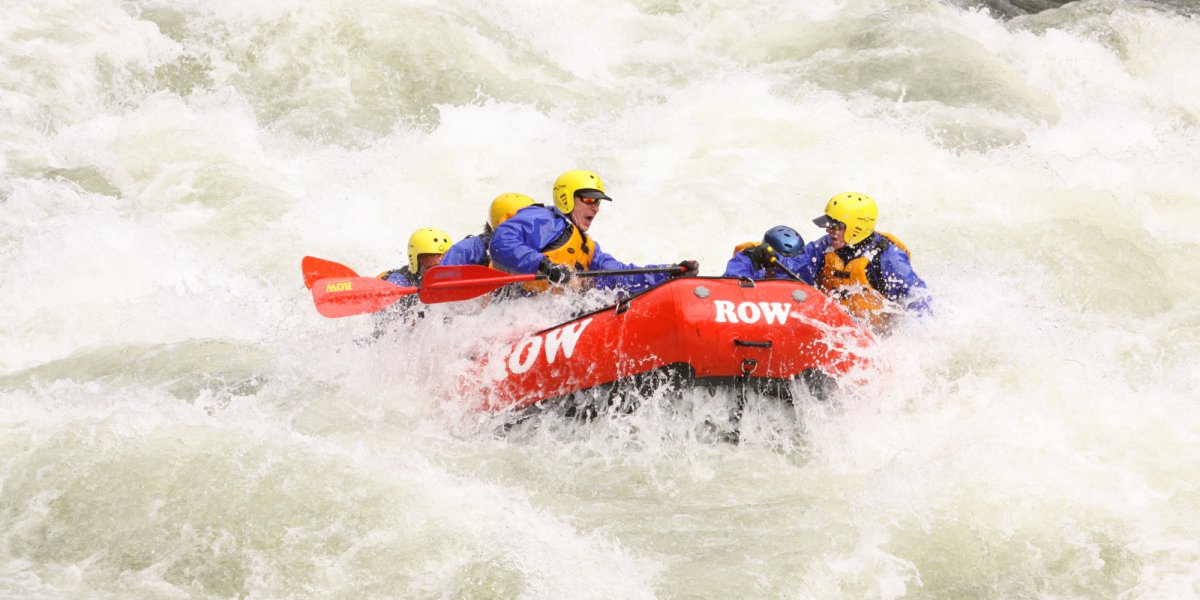
. Whitewater in that the water does appear white due to all the bubbles small waves maybe a small drop but no considerable danger. Arkansas Valley Adventures has 3 main outposts throughout Colorado with various sections of whitewater for everyone. Class IV rapids are intense and powerful but predictable rapids.
Yes rapids can be dangerous. Swimming in Class V rapids is dangerous. So yes Class 4 rapids are indeed difficult and they will take a considerable amount of strength and stamina.
Class II rapids are considered novice level with straightforward. LEVEL 4 - CLASS IV RAPIDS. May require significant maneuvering.
Because of the large range of difficulty that exists beyond Class IV Class V is an open-ended multiple-level scale designated by class 50 51 52 etc. We have taken people who have never paddled before in paddle rafts and they usually do fine because they have a couple of days of paddling rough class 3 rapids. If a picture is worth a 1000 words then a video is worth 10000 words so I wont write too many here.
Class A - Lake water. Are considered extremely dangerous and un-runnable. Class III 3 Rapids.
As explained previously there are six identifiable classes of rapids covered by the International Scale of River Difficulty ISRD. Class III or Intermediate rapids feature more pronounced waves than Class II. Whitewater large waves long rapids rocks maybe a considerable drop sharp maneuvers may be needed.
During high water 1 of the rapids on day 3 is a class IV. Anyone new we take gets an hour long or so training riverside the morning we leave and in any calm patches of water we. Theres a significant risk of injury due to submerged objects and fast and unpredictable currents and escaping the rapids can be difficult even with outside assistance.
Rapids like ski slopes vary in their intensity. These rapids have a high possibility of serious injury or death. These rapids have a high possibility of serious injury or death.
High adventure of class V rafting can be found on the Wind. Paddlers should have prior Class IV or better whitewater experience with experienced guides who know the river. Class I rapids have fast moving water with riffles and small waves.
Experienced and strong paddling skills are needed at this level. The International Rating system classifies rapids as follows. The upper limit of what is possible in a commercial raft.
3 Big Drops 2 and 3 Colorado River through Cataract Canyon Utah Cataract Canyon s Big Drops 2 and 3 ok technically two rapids might be a surprising pick considering most of the season theyre a fun Class III ride but those whove experienced these infamous back to back drops at high water know their unforgettable nature. The most difficult and most dangerous. Each of these levels is an order of magnitude more difficult than the last.
You will get bounced and rocked and soaked but if you follow the directions of your guide and remember your safety protocols you will have a wonderful time. Extremely difficult long and very violent rapids with highly congested routes which should be scouted from shore. Class 4 Rapids are Difficult But Exhilarating.
This class may require significant maneuvering in the raft. The deep rapids reach speeds of more. Class 3 Rapids Intermediate Class 4 Rapids Advanced Class 5 Rapids Expert Class 6 Rapids Extreme and Exploratory What Are The Classes Of Rapids According To ISRD.
Try river rafting on the Middle Fork American river this summer it has many class 4 rapids mixed in with class 3 all in one of the most beautiful canyon settings in California. Whirlpool Rapids Gorge Niagara River New York Currently off-limits to paddlers the Niagara Gorge is a deadly section of exploratory Class VI rapids. The answer to this question is in the video below.
Extremely Difficult Exceedingly difficult long and violent rapids following each other almost without interruption. Experienced paddling skills Class 4. Whitewater medium waves maybe a 35 ft drop but not much considerable danger.
What is the most dangerous white water rafting. Only the most. LEVEL 3 - CLASS III RAPIDS.
Rescue conditions are difficult and there is a significant hazard to life in the event of a mishap.
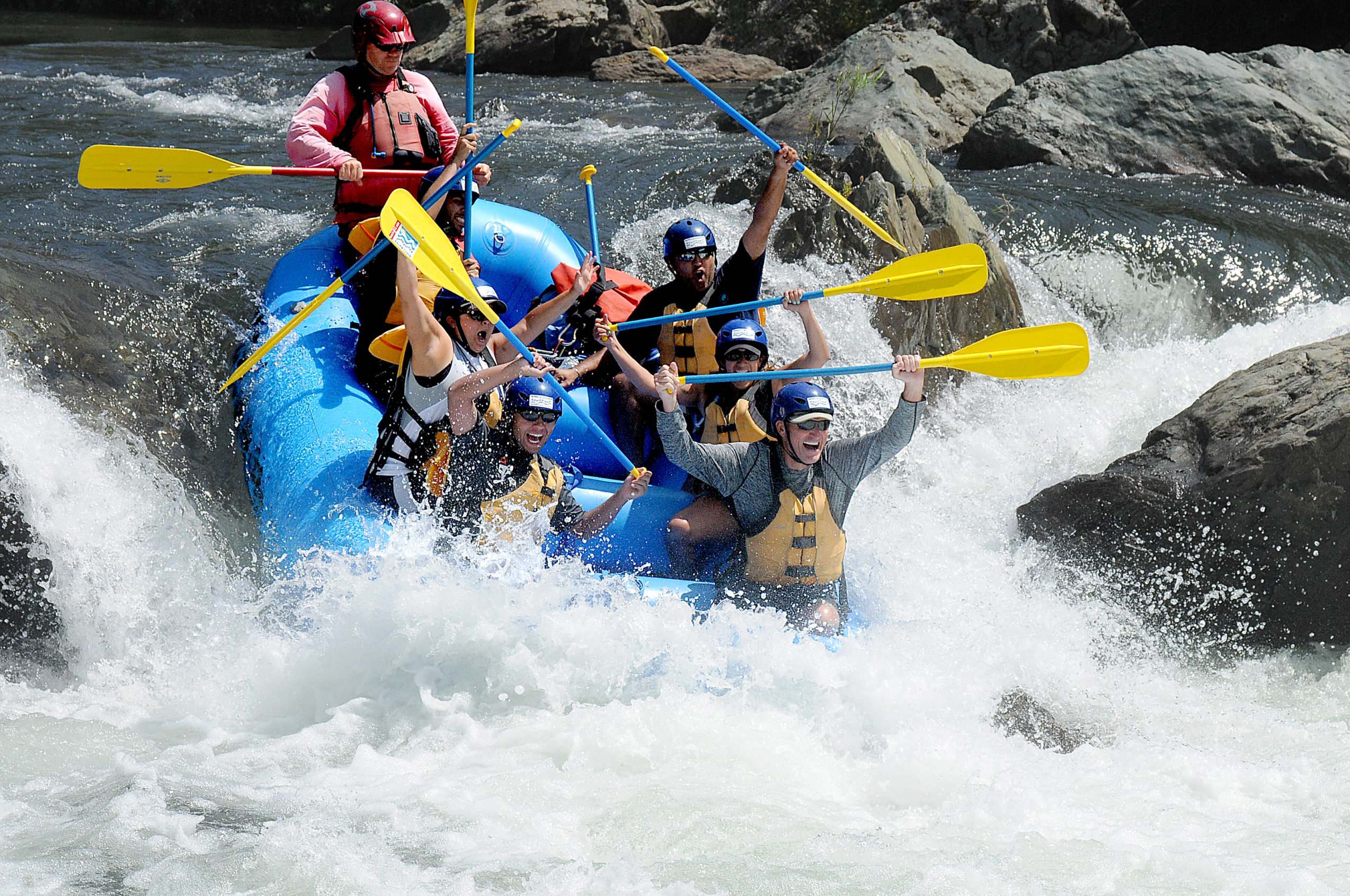
What To Expect When Class 4 White Water Rafting

River Classifications Up To Class 4 Rapid Aspen Whitewater Rafting
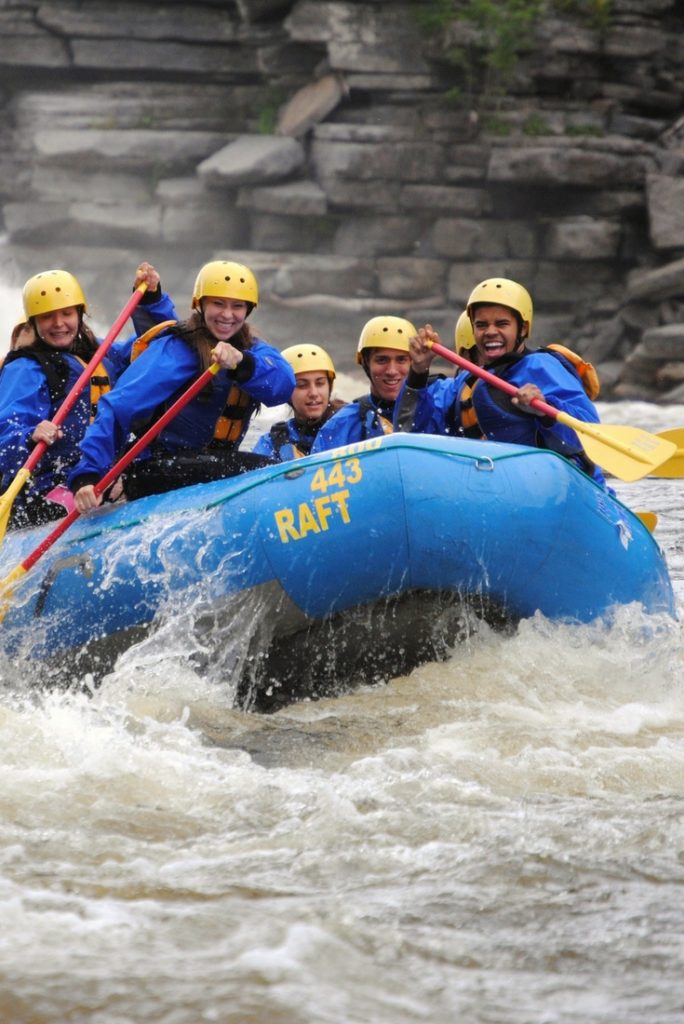
River Classification Systems Measuring The Rapids Not The Fun Whitewater Challengers

Whitewater Classifications Explained Row Adventures
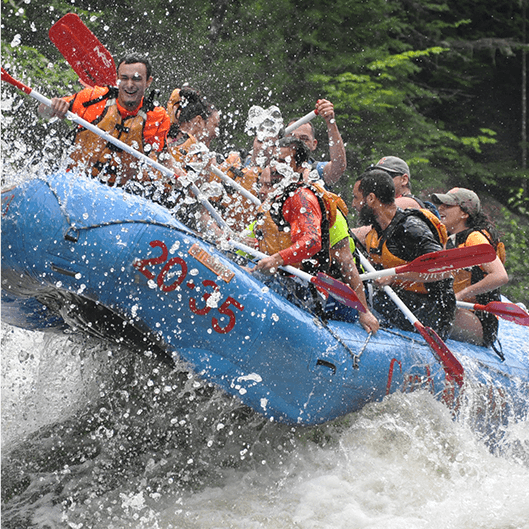
Whitewater Rapid Classifications In Maine Massachusetts And Vermont

Whitewater Rafting Classes Of Rapids Boring To Scary Paddle Camp
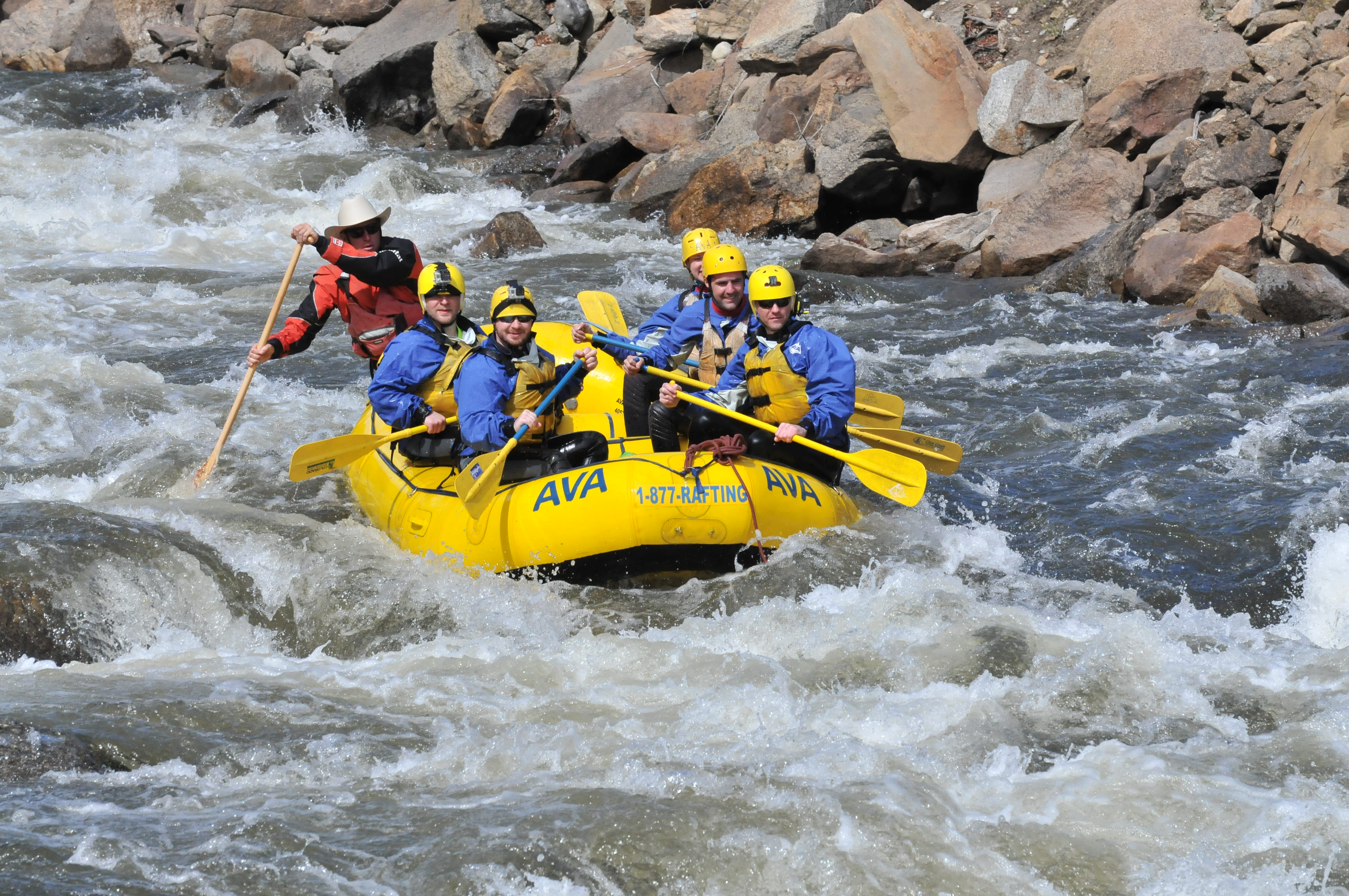
The Different Classes Of Rapids Explained

9 Most Dangerous Whitewater Rapids In The World Whitewater Dangerous World

Simply Put Whitewater Rapids Are Rated On A Scale Of I To Vi Both Difficulty And Danger Play A Significant Role In De Whitewater Whitewater Kayaking Kayaking
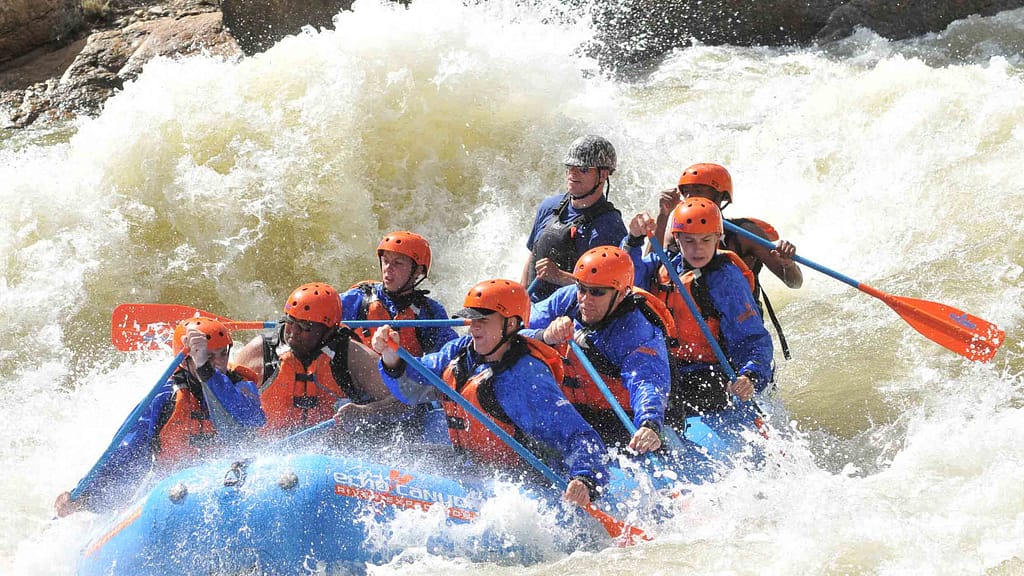
How Experienced Do I Need To Be To Raft Each Rapid Echo Canyon Rafting

Class Iii Rapids Fun Class Vi Rapids Death The Active Times

Ohiopyle Pa Ohiopyle State Park Ohiopyle Things To Do Ohiopyle State Park Whitewater Kayaking White Water Kayak
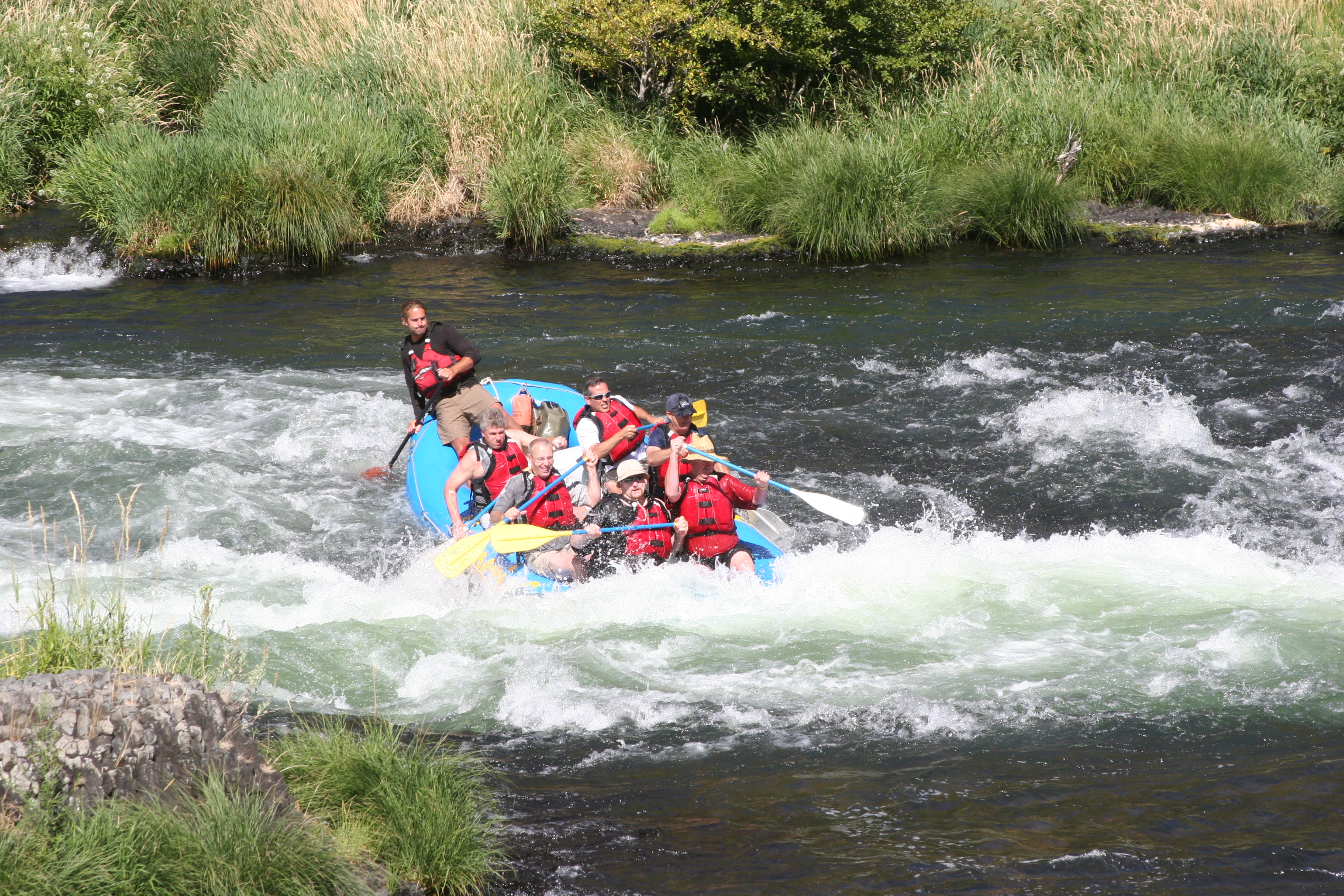
First Class Floating Whitewater Rapids Classes 101 Imperial River Company
Colorado S Most Infamous And Dangerous Rapids 9news Com
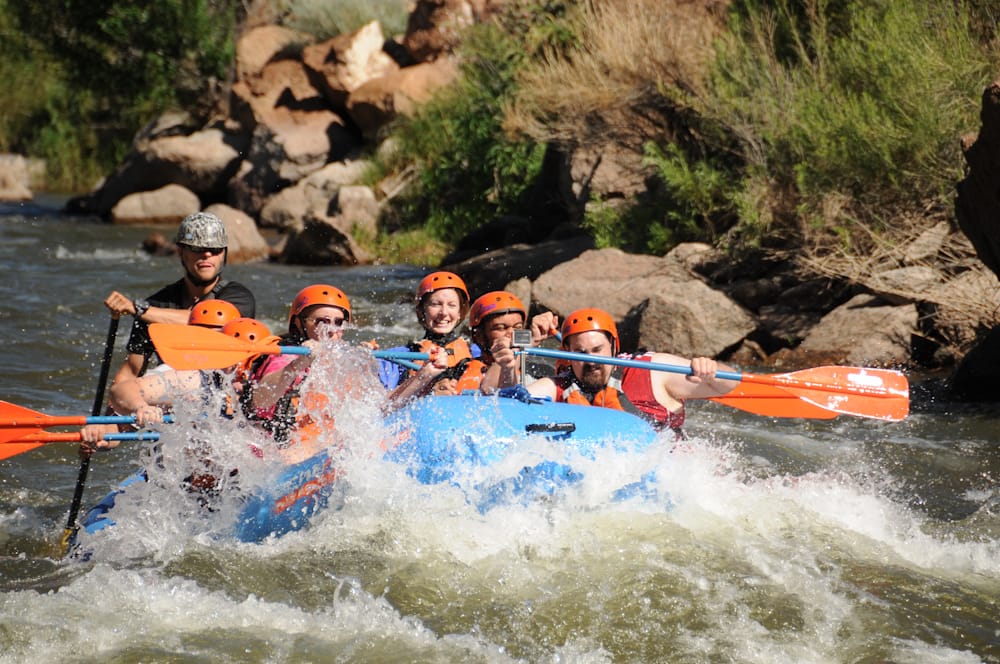
How Experienced Do I Need To Be To Raft Each Rapid Echo Canyon Rafting
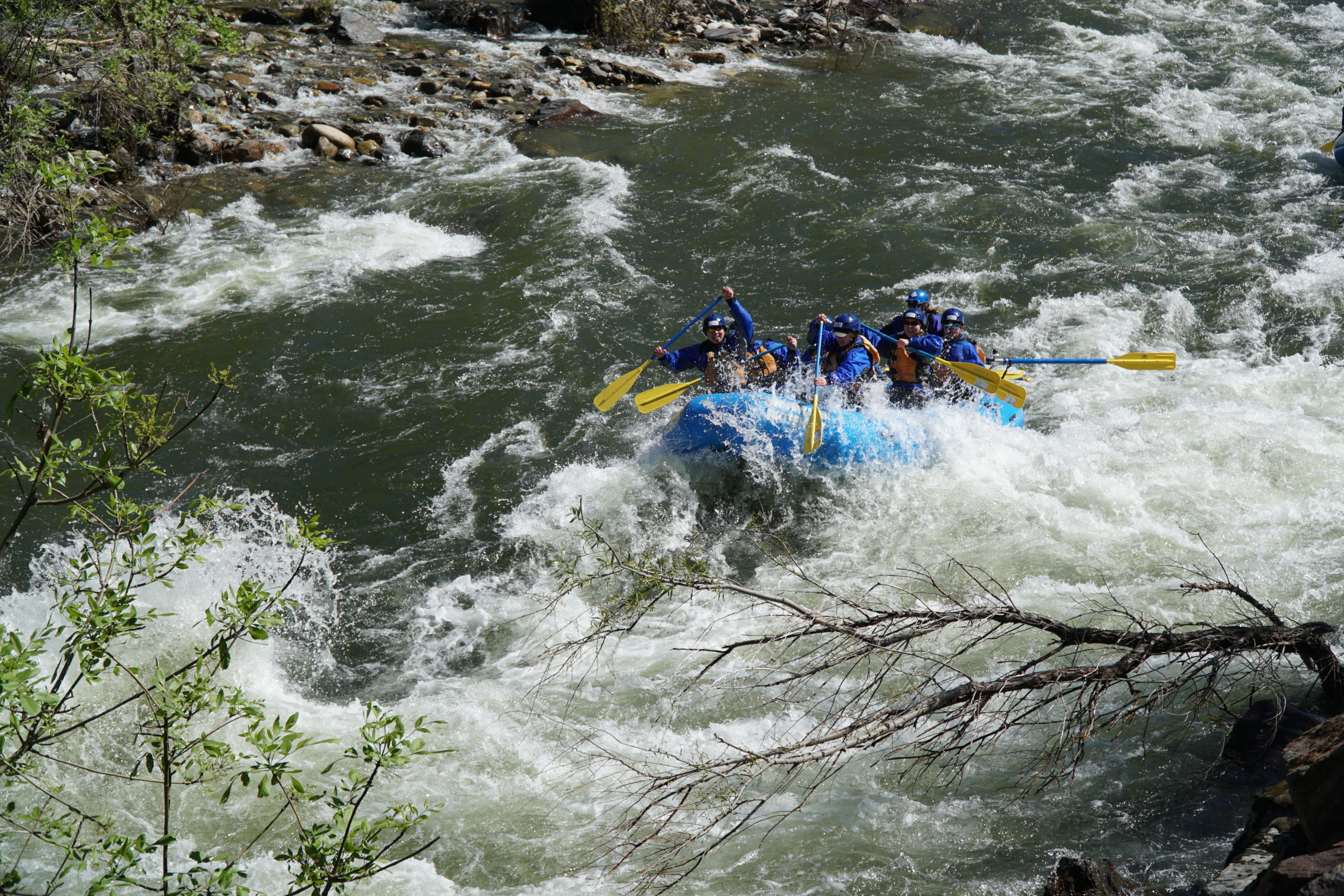
What To Expect When Class 4 White Water Rafting
How Dangerous Is White Water Rafting River Valley Rafting

Class V Rapids Flip A Raft Full Photograph Class V Rapids Flip A Raft Full Fine Art Print Rafting Whitewater Rafting Whitewater
